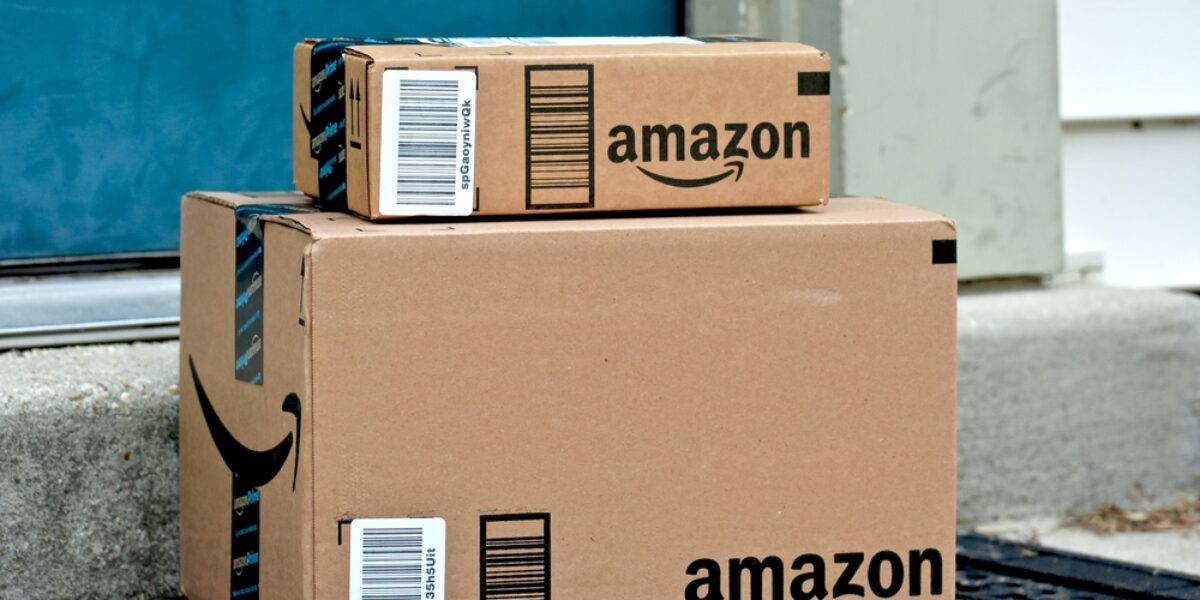Have you ever received a large package from Amazon — only to discover a much smaller package inside? It’s kind of like the retail version of a Russian nesting doll.
There’s a word for this phenomenon: Overboxing. In a world where the global environment is under rising stress, overboxing has emerged as a real issue for businesses and online retailers. Customers, especially younger ones, are demanding sustainable solutions — which means brand packaging design has become more important than ever.
The perils of “overboxing”
Online retail giants such as Amazon and Alibaba ship billions of products each year and these numbers are expected to grow significantly in the coming decades. That translates into an enormous amount of cardboard, styrofoam and bubble wrap.
Given the hefty amount of debris that comes with modern packaging – and isn’t typically recycled – that’s a serious burden on the environment. Amazon is attempting to limit the damage by asking its vendors to follow new standards under its “Frustration-Free Packaging” program. The ultimate goal is to limit overboxing by having vendors send their products to Amazon in boxes that are ready to ship.
This is an approach that aligns with changing public sentiment. The numbers are stark: 94% of Generation Z members say businesses should work to solve environmental and social issues, while 89% say such efforts are a factor in their buying decisions. No other demographic group places this of an emphasis on corporate sustainability.
Sidestepping “wrap rage” and delivering agile design
In the early days of e-commerce, businesses took the same retail products meant for the shelves, placed them in a box, and shipped them to online retailers or customers. Today, that kind of practice often leads to extraordinary waste — and “wrap rage”-induced social media call outs.
In order to stay on the right side of sustainability, today’s businesses are moving away from a product design aesthetic that made shelf appeal paramount. Instead, these businesses are merging this objective with the practicalities of sustainable packaging.
Hasbro’s “Baby Alive” doll is one such example: By following Amazon’s stricter guidelines, the company was able to reduce the total amount of packaging used by 50%. Other popular products that have been redesigned for sustainable shipping include Play-Doh and Mr. Potato Head.
While choosing this path may require additional research and development money, smart brands can recoup part of this through the use of clever marketing. Sustainability is a major priority for many buyers and can serve as a critical differentiator for brands seeking a competitive edge.
Brand package design that pops
Our creative team has an eye for design that jumps off the shelf (or in this case box) — and a desire to help companies grow sustainably. If you think your product can benefit from better brand package design, we urge you to contact us today.




